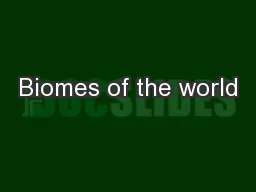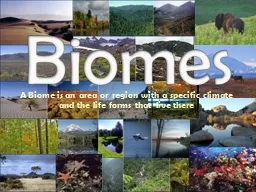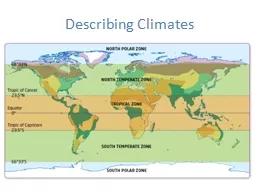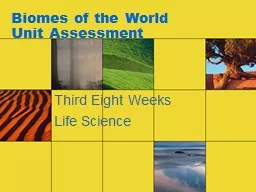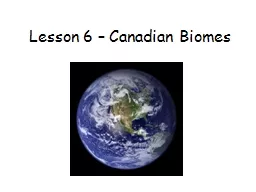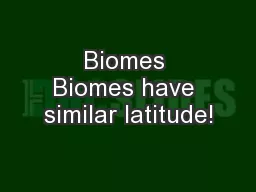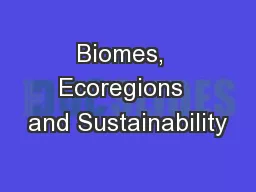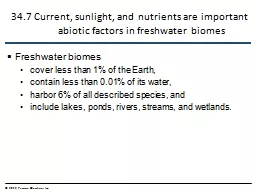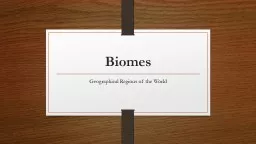PPT-Biomes of the world
Author : conchita-marotz | Published Date : 2017-11-04
Year 9 FUSE ecology unit Environments are grouped into BIOMES group of ecosystems that have same climate amp dominant communities TROPICAL RAIN FOREST has most
Presentation Embed Code
Download Presentation
Download Presentation The PPT/PDF document "Biomes of the world" is the property of its rightful owner. Permission is granted to download and print the materials on this website for personal, non-commercial use only, and to display it on your personal computer provided you do not modify the materials and that you retain all copyright notices contained in the materials. By downloading content from our website, you accept the terms of this agreement.
Biomes of the world: Transcript
Download Rules Of Document
"Biomes of the world"The content belongs to its owner. You may download and print it for personal use, without modification, and keep all copyright notices. By downloading, you agree to these terms.
Related Documents

